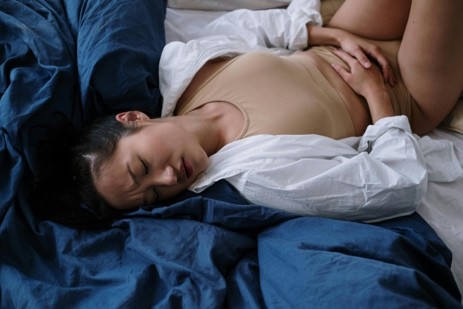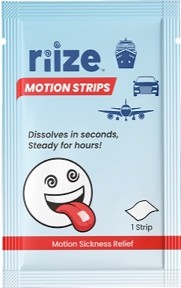Built for motion sickness




A well-documented history
What are symptoms of motion sickness?
• Nausea and vomiting
• Dizziness, loss of balance
• Increase in saliva production
• Headache
• Loss of appetite
• Pale skin
How to prevent or avoid sickness


How to treat motion sickness
– Ginseng extract – has long been proven in traditional and holistic medicine, as well as in studies, to relieve nausea and soothe the stomach.
– Magnesium – promotes muscle relaxation and nervous system balance, and can reduce discomfort brought on by dizziness.
– Vitamin B6 – has been clinically proven to reduce nausea and vomiting.
– Electrolytes – as a good measure to maintain cell balance and function.


It will pass


SOURCES
https://medlineplus.gov/genetics/condition/motion-sickness/
https://neuroscientificallychallenged.com/posts/know-your-brain-vestibular-system/
https://www.ncbi.nlm.nih.gov/books/NBK279394/
https://www.kenhub.com/en/library/anatomy/the-vestibular-system
https://theconversation.com/motion-sickness-it-all-started-550-million-years-ago-121789
https://www.sciencedirect.com/science/article/abs/pii/S0361923098000902
https://www.webmd.com/cold-and-flu/ear-infection/motion-sickness/
https://www.theatlantic.com/health/archive/2015/02/the-mysterious-science-of-motion-sickness/385469/
https://www.medlink.com/articles/motion-sickness
https://www.ncbi.nlm.nih.gov/books/NBK279394/
https://www.canstar.com.au/travel-insurance/how-do-i-know-if-i-will-get-seasick-on-a-cruise/ [PHOTO]
https://www.diving-indo.com/blogs/diving-health-seasickness/ [PHOTO]
https://oceanservice.noaa.gov/facts/seasickness.html [PHOTO]




